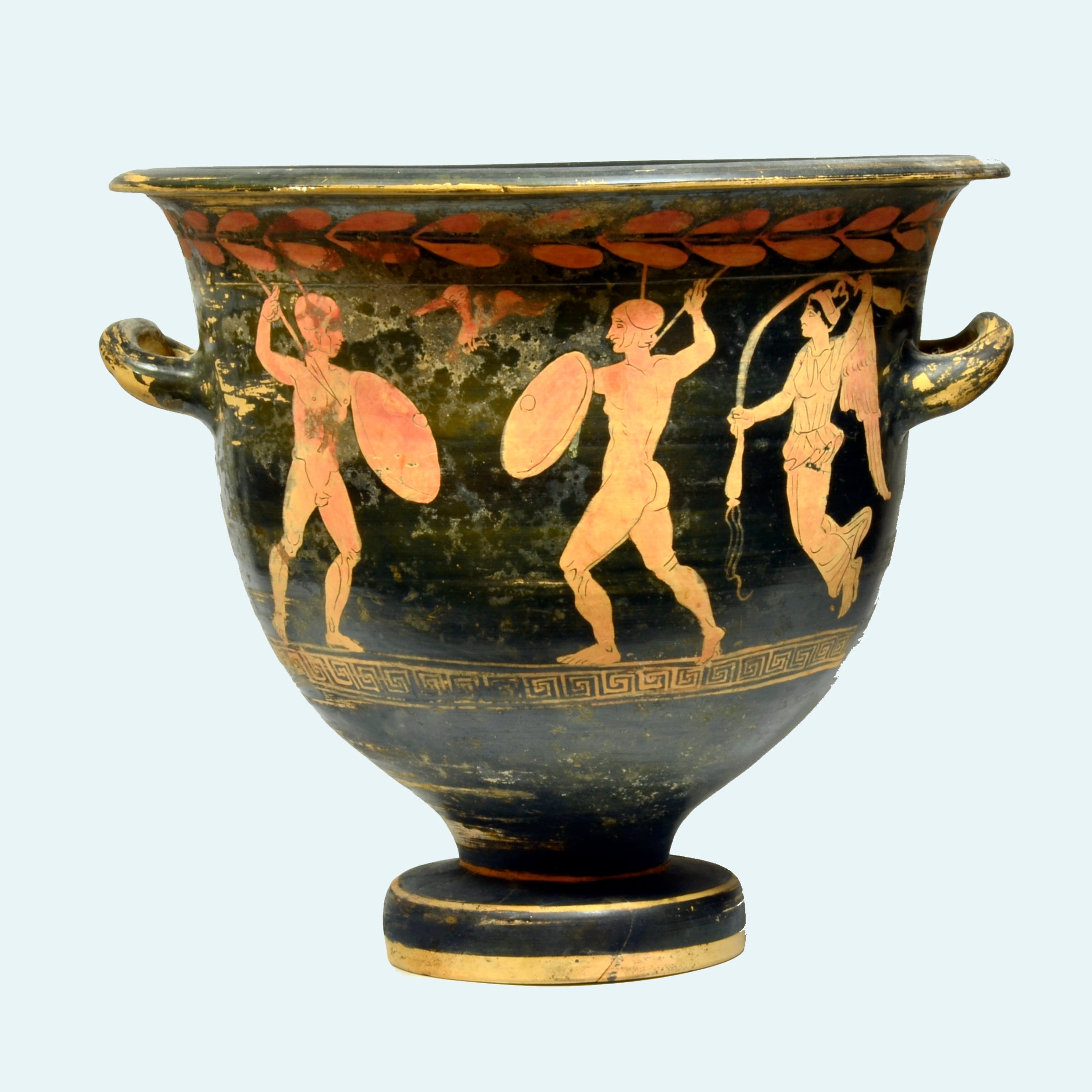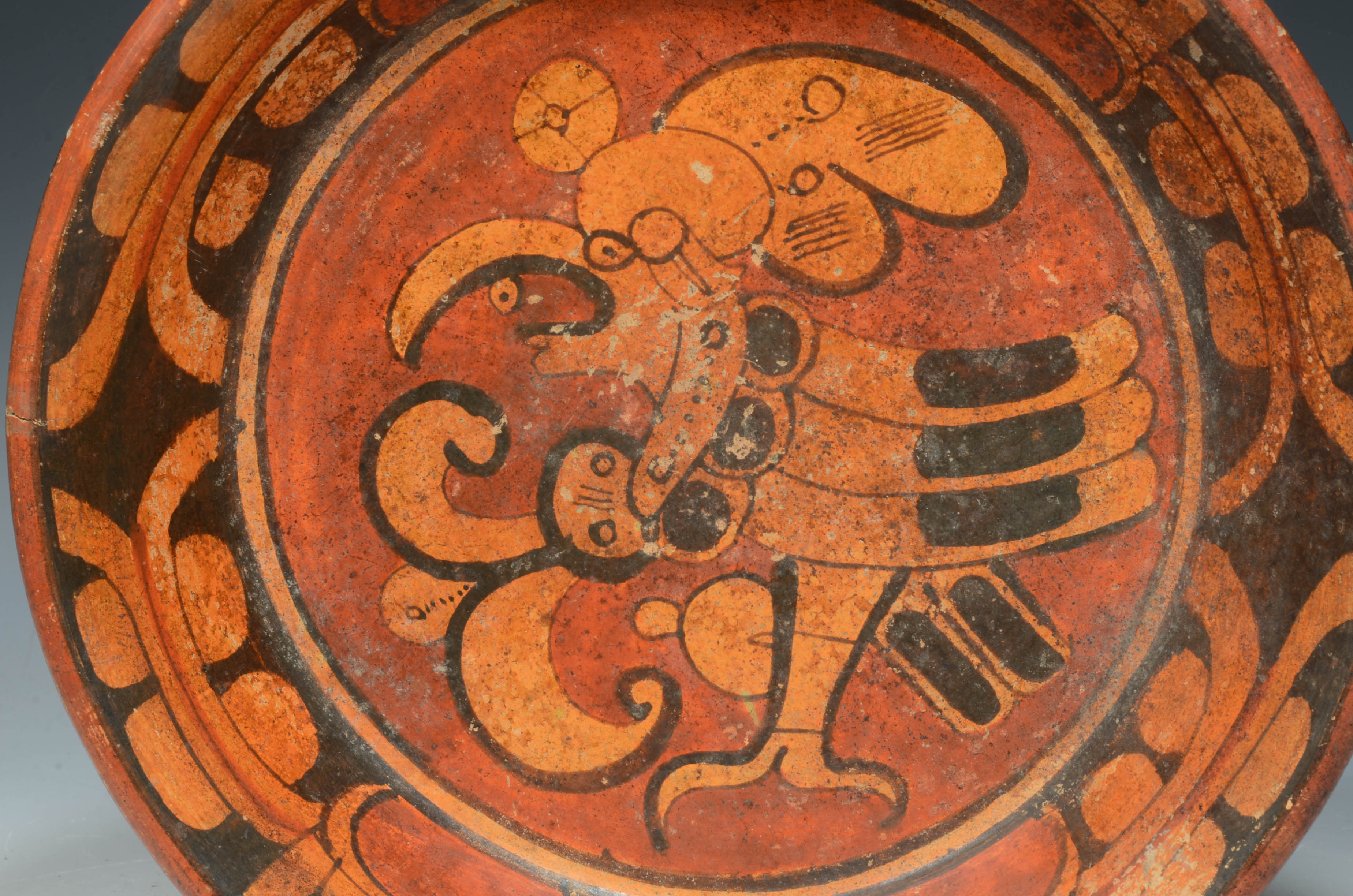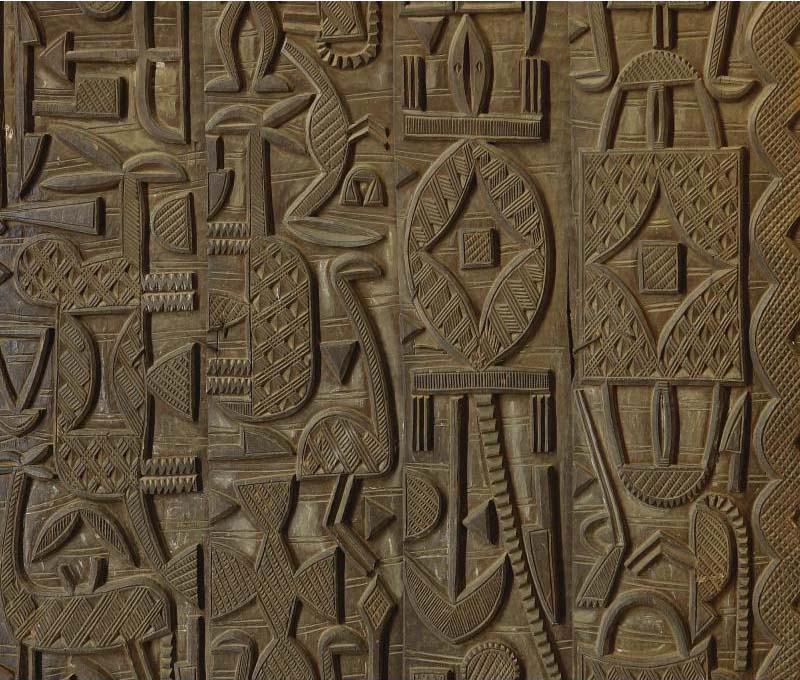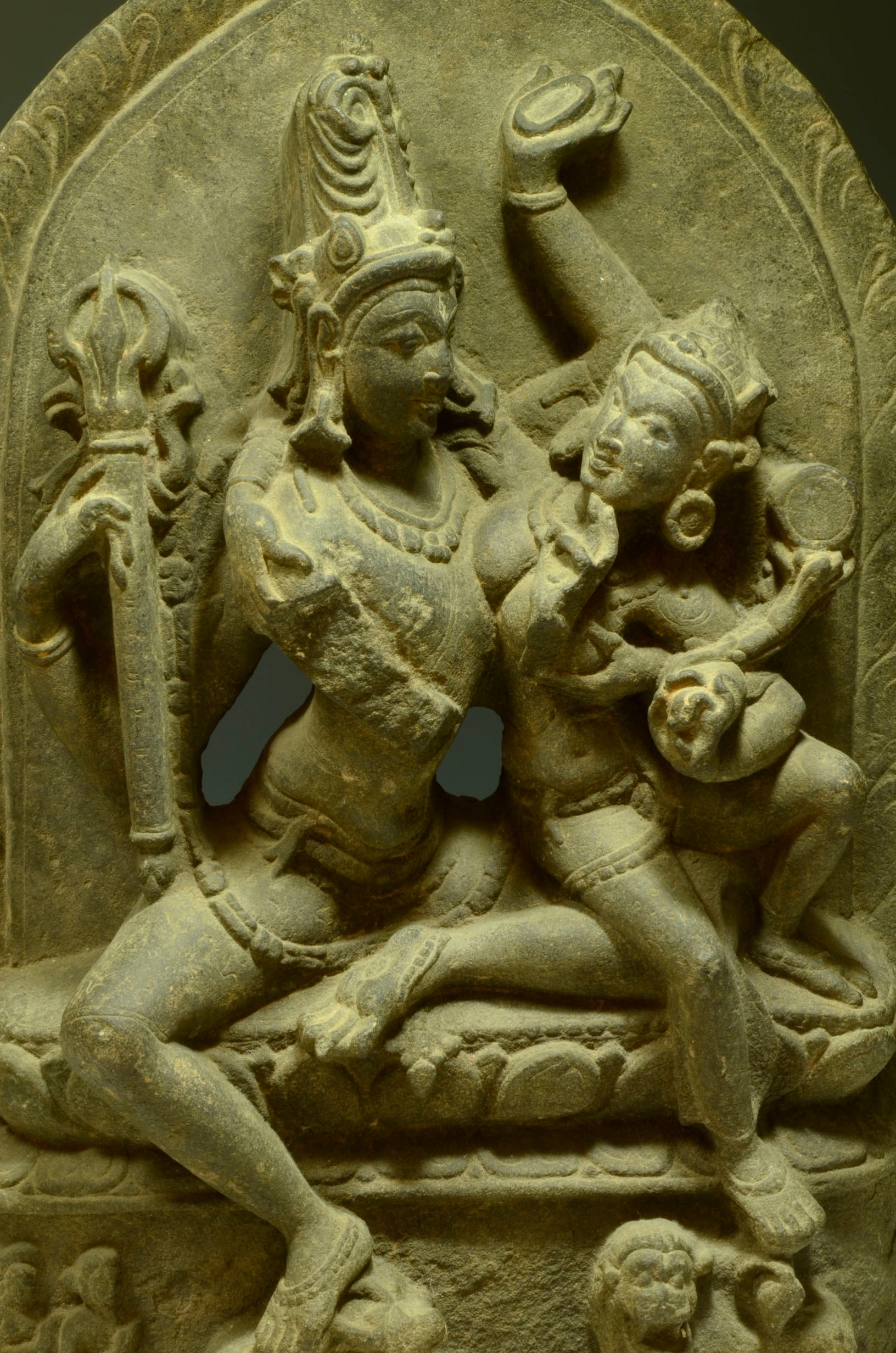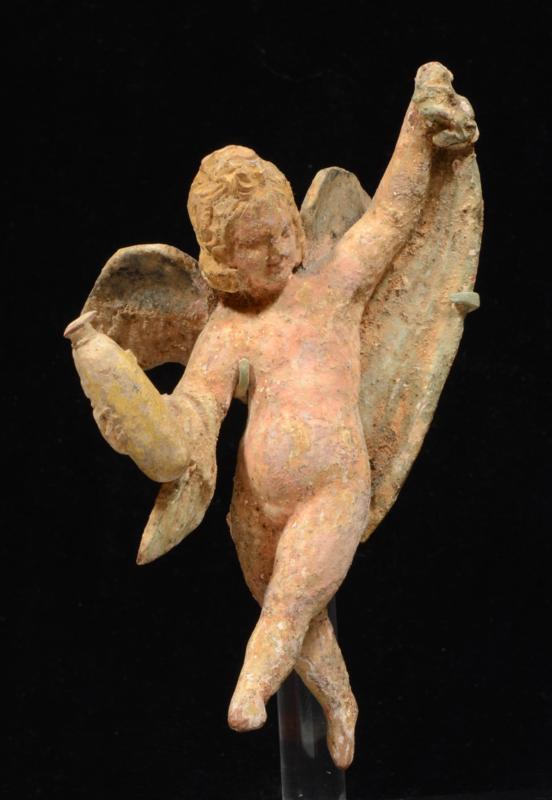A Panel discussion on Africa, Asia, and the Americas: Cultural Patrimony
Legal realities and issues of important and exporting art and antiques to and from the United States.
Speakers were Michael Cohn, Michael Cohn Fine Art Consultants, LLC; Harmer Johnson, Tribal and Ancient Art; and myself, Howard Nowes, Art for Eternity LLC.
The Appraisers Association of America's 2013 National Conference was held on November 9 & 10th, 2013 at The New York Athletic Club in New York City.

Legal realities and issues of important and exporting art and antiques to and from the United States. Speakers were Michael Cohn, Michael Cohn Fine Art Consultants, LLC; Harmer Johnson, Tribal and Ancient Art; and myself, Howard Nowes, Art for Eternity LLC.
The Appraisers Association of America's 2013 National Conference was held on November 9 & 10th, 2013 at The New York Athletic Club in New York City.

Each year, the Appraisers Association of America organizes a national conference in New York City which serves as one of the most important educational opportunities for our members, friends and colleagues. Over the course of three days, conference attendees are provided with thought-provoking morning panel discussions that address new developments and relevant issues in the profession such as this one. As a certified member, I decided to speak on this topic I am passionate about.
Here is a synopsis of my presentation:
Cultural Patrimony: Legal realities and issues of important and exporting art and antiques to and from the United States
To the victors go the spoils! or so it was thought when I was a child and saw the collections in fantastic museums from lands far off and I learned how they got there and I felt connected to them and it helped me understand things about mankind and why we do what we do. I became a dealer for the sheer thrill of dealing in thousand year old articles. I have always been a fan of history and I feel it is a great responsibility to conserve, restore and safeguard these links to the past. It is very serious and very sad every time looting occurs and the historical record is tampered with and this should be condoned and any measure we can take to stop trading in illicit goods should be applauded but remember there is strong demand for provenance artifacts that also needs to be addressed. There is heightened sensitivity for cultural patrimony and whereas you used to only have to worry about is it authentic and can I afford it, now you have to worry if there is a clear ownership title.

Yale University had legal permission to excavate at Machu Picchu and took objects out from 1911 to 1916 to place them in a scientific environment for study, has had to return them following a 2010 lawsuit by the Peruvian Govt. Even with their permission and permits to excavate 100 years ago, there was just no winning in the court of public opinion. Important archaeological sites mean big revenue from tourism and people equate this site with the Peru’s identity !
In the modern age, information travels so fast, it is easy to piece together an archaeological puzzle.

Here is the top and bottom portions of a Weary Heraklese, a Roman copy based on a Hellenistic original; The top was in the MFA Boston and it was returned to Turkey in 2011 after Turkish officials flew to Boston with a cast of the bottom and showed it was an exact match. Turkey said the site it was from has shown evidence of being looting. However, the ownership issue of the top piece was not so cut and dry. There is no proof of smuggling and the two pieces had been separated since antiquity making it possible that the top was not even in the vicinity of where the bottom was found in its recent history.
The images of vases below are before and after restoration photos side by side. These were once in the possession of Giacomo Medici, an Italian citizen who was a notorious tomb robber {tombaroli] and unfortunately for him, a fastidious record keeper. In the 1990s, his warehouses full of records and artifacts in Italy and Freeport Geneva were unearthed (no pun intended). He was convicted in 2005 and sent to jail but his careful recordkeeping opened Pandora’s box. Photos of artifacts in situ and before conservation (like these) gave Italian authorities undeniable proof that major works of art were in world museums in violation of UNESCO and this smoking gun evidence has been very negative for the legality of the trade.

This photo is of several vases from Madrid’s National Archaeological Museum which went through Medici’s hands and whose ownership is question.
I’d like to take a moment now to go over the laws enacted by our government to aid in collecting responsibly. The US became a signatory to UNESCO in 1982.
The Cultural Properties Implementation Act of 1983 (CPIA) is a mechanism for foreign countries to have their demands heard with regard to their cultural property. Article 9 provides foreign plaintiffs with due cause and the ability to take legal action. Within the framework of the CPIA, the US has specific bilateral agreements aimed at reducing the flow of undocumented artifacts by enforcing source countries cultural property laws. These agreements are called Memorandums of Understanding or MOUS and we have these agreements with over 1 dozen countries. Petitions are reviewed by the Cultural Properties Advisory Committee under the Bureau of Education and cultural affairs.
The National Stolen properties act of 1961 is a useful tool to bring criminal action against someone believed to have violated another countries export laws by importing looted cultural property. It is believed by source nations that newly found archaeological artifacts are property of the state and must be documented when found. Fines start with 10 years of imprisonment for knowingly committing this act of trafficking stolen cultural property.
The Homeland Security Act created after 911 called for a whole new cabinet level branch of government with a Sec of homeland security. It gives large resources to beef up customs and border protection and in conjunction with the Patriot Act, an antiterrorism bill, customs agents in the name of border protection use a heavy hand in reviewing customs declarations.

Perhaps one of the most costly customs mistakes was committed by the dealer who imported a gold ritual vessel (or Phiale) in 1995 which resulted in the owner losing the artifact. Valued at over 1 million dollars, it was declared for only $250K and the country of origin was noted as Switzerland, not Italy. A Judge reasoned that because the customs declaration, specifically the country of origin, was false, the piece was subject to forfeiture under the stolen properties act. It was reportedly found while digging by a utility company in Northern Italy and it is nearly identical to the one shown here which is at the MET.
Here is another story about a mistake in paperwork which took a year and a half to clear up.

I purchased this Egyptian magical inscribed heart scarab by phone from Christies in Paris and because it is only 2 inches long, I too a friend up on his offer to let his son, a college student, carry it home. Well the boy decided to go backpacking and popped it in a fed ex mailer.
The piece was seized in July 2011 for improper customs declaration and subject to forfeiture unless I petitioned for a release, which I did. I was able to prove ownership and was subject to a fine of 20% of dutiable value which customs declared was $4600; I also had to sign a hold harmless agreement saying I would not challenge Customs ruling. All in all I had to have a lawyer represent me and bill me. I paid storage fees and broker fees. I spoke to over 1 dozen different people and wasted hours of time in dealing with this. A very valuable lesson not to mess around on declarations when importing artifacts.
It isn’t always a bad outcome in the U.S.A. as we are very lucky to have laws that protecting us. The mens rea component of the NSPA will protect innocent art dealers who unwittingly receive stolen goods as was the case when I handled some pre dynastic pottery excavated from the site of Ma’adi in Egypt. This site was officially excavated and documented in the 1980s.

Around 2003 I purchased a group of pre-dynastic vessels from an American dealer. They all had identification numbers on the bases which I told was the collectors’ inventory numbers. In reality, these were stolen from a locker in Cairo Egypt by a US military chopper pilot and sold to the American dealer with falsified provenance. I marketed these vases on the internet and then was visited by special agents with the Department of Homeland Security and I was served with a subpoena. I was happy to comply as it was clear that I had no knowledge or intent to engage in criminal behavior. I repatriated the vases I did not sell back to Egypt so they could be returned to their storage locker.
The world was a different place pre 1970 and the frame of mind was not to document your art collections which creates problems today as owning these unprovenanced artifacts may be like owning a house with no tile.

As a dealer what do I do….I like to get an Affidavit of ownership history – who owned It and when, does it appear in any old photos. When was the base made? By whom? How was it moved here? By Whom, When did you start to insure it? Any and all questions may trigger some concrete memories on the history of the piece.
When I am importing cultural property into the US – My first concern is “Does it come from a reputable source”…a dealer, auction house or collector that I have confidence in. You may have to prove this art is not stolen!!! Provide documentation upon entry….and do not abbreviate…IR on a country of origin that you think means Ireland…will be taken for IRAN and you will not get your freight!!!
Declare objects for the correct value…no problem for you appraisers…..Customs inspectors want to be promoted and the will get this by finding problems with your shipment.

And remember if you or a client is lending an archaeological item for an exhibition overseas…be extremely specific when exporting so it can be identifiable as the same property upon its clearance back home in the US.
I’d just like to close with saying that it is unrealistic to ever say we should stop handling antiquities. Diggers will always dig while there is political instability, war and poverty and this is so tragic for the historical record. It is heart wrenching that there is a black market for artifacts as it hurts us responsible dealers. We need to be sensitive to the struggles of poorer nations who are trying to establish themselves and protect their heritage. Personally, I think the laws are working.

Politics does not always work as was the case when UNESCO failed to protect the great 1500 year old Buddhas of Bamiyan located in Afghanistan. In 1998 the Taliban announced that they were going to destroy them and in 2001 they did despite the fact that UNESCO wrote them 34 letters urging them not to!!! The sadness of this horrific event is still felt today.
Cultural property belongs to the world as it promotes learning, dialog and understanding of different customs. Should all the Pre Columbian objects be south of the border? Should all Chinese art are go back to China? Should all Picassos go back to Spain?
USA museums have given back artifacts proven to be looted and rightfully so…. but some museums consider returning objects with just the slightest belief of impropriety, believing that they are morally wrong to have them. I say this is wrong, these objects are important and valuable and museums have an ethical responsibility to their constituents to safeguard them!

We are stewards, not owners of this art. I’d like to see us embrace the concept of “the world encyclopedic museum” where viewers can travel over thousands of years and around the world in a casual yet exhilarating stroll.
How can you protect yourself from undocumented or false artifacts? Seek out professional experts for assistance. There are many factors that go into value besides the obvious. There should be an on-line database for provenance and research into object id so artifacts can be registered and ownership and title can be tracked. Provenance adds value and a database promotes knowledge.
Sites to help with: Sotheby’s - Christies- Bonham’s – Individuals who can check things out for you….IADAA - ATADA – Oxford for tl tests and surface analysis.
If in doubt walk away rather than taking a chance evaluating objects with a shabby collection history.
Bibliography:
Who Owns Antiquity? Museums and the Battle over Our Ancient Heritage, by James Cuno, 2011
Art and Cultural Heritage: Law, Policy, and Practice, edited by Barbara T. Hoffman.


